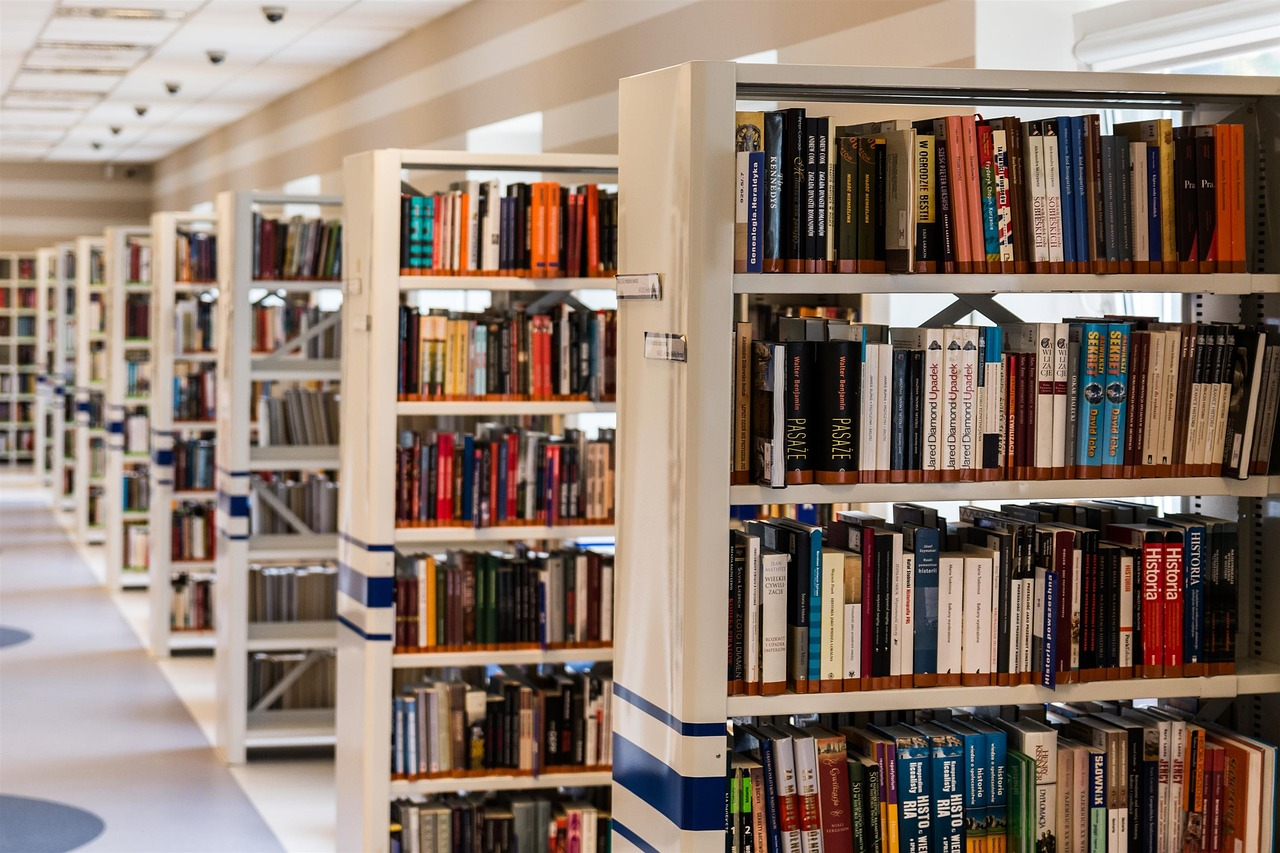Collaborative Learning: Why Peer Connections Matter
In today’s constantly evolving educational landscape, it’s becoming increasingly apparent that the traditional model of learning in an isolated environment simply isn’t enough. As the workforce shifts towards collaboration and teamwork, the need for collaborative learning has become a top priority. While group projects and team exercises are often incorporated into curriculums, one aspect that is often overlooked is the role of peer connections in collaborative learning. In this article, we’ll explore why peer connections are crucial to collaborative learning and how they can enhance the overall learning experience for students.
What is Collaborative Learning?
Before delving into the importance of peer connections in collaborative learning, it’s important to first understand the concept of collaborative learning itself. Collaborative learning is an approach to education that focuses on students working together in groups to achieve a common goal or complete a task. This method involves active participation from all members of the group and encourages the sharing of ideas, resources, and responsibilities to foster a deeper understanding of the subject matter.
The Role of Peer Connections in Collaborative Learning
Collaborative learning is based on the idea that students learn best from their peers. In traditional learning environments, students are often solely dependent on the expertise and guidance of the teacher. Collaborative learning, on the other hand, allows students to learn from each other and share their unique perspectives and knowledge. Peer connections play a crucial role in facilitating this exchange of information and promoting deeper learning.
Increased Engagement and Motivation
Peer connections can greatly enhance student engagement and motivation in the classroom. When students are working in a collaborative environment, they are more likely to actively participate and contribute to discussions and group activities. This level of engagement is often higher than in traditional classroom settings, where students may feel inhibited or disinterested. Furthermore, working with their peers can motivate students to complete tasks in a timely manner and take ownership of their learning.
Effective Learning through Experiential Learning
Collaborative learning allows students to learn through experience, encouraging them to explore and experiment with the subject matter in a hands-on, practical manner. When working with their peers, students can apply their knowledge and skills in real-world scenarios, gaining a deeper understanding of the subject matter. This type of experiential learning can also help students develop valuable problem-solving and critical thinking skills.
Promotes Teamwork and Communication Skills
In today’s professional world, teamwork and effective communication are essential skills. Collaborative learning provides students with the opportunity to work on group projects and assignments, which can help develop these vital skills. By working with their peers, students learn how to effectively communicate ideas, delegate tasks, and overcome challenges that arise during the collaborative process. These are skills that can benefit students not just in their academic pursuits but also in their future careers.
Creates a Supportive Learning Environment
Another key benefit of peer connections in collaborative learning is that it creates a supportive learning environment. Students often feel more comfortable and at ease working with their peers, allowing them to take risks and make mistakes without fear of judgment. This type of environment promotes a positive learning experience, where students feel empowered to ask questions, express their opinions, and take ownership of their learning.
Practical Tips for Fostering Peer Connections in Collaborative Learning
In order to effectively incorporate peer connections into collaborative learning, here are some practical tips for educators:
Encourage Diverse Grouping
Avoid grouping students with people they are already familiar with or friends. Instead, diversify groups to encourage students to work with different personalities and perspectives.
Include Group Reflections
Incorporate opportunities for group reflections at the end of a collaborative activity. This allows students to share their experiences, provide feedback, and discuss what they have learned.
Incorporate Technology
Technology can greatly enhance peer connections in collaborative learning. Utilize online tools and platforms that encourage students to collaborate and share ideas, even outside of the classroom.
Provide Clear Expectations and Guidelines
Clearly outline the expectations and guidelines for collaborative activities to ensure that all students are aware of their roles and responsibilities. This can help avoid conflicts and keep groups on track.
Be a Facilitator
As an educator, it’s important to act as a facilitator rather than a teacher during collaborative learning activities. Allow students to take the lead and guide them when necessary, but let them navigate the learning process themselves with their peers.
In Conclusion
In today’s fast-paced and interconnected world, the importance of peer connections in collaborative learning cannot be overstated. By fostering a supportive and engaging learning environment, educators can help students develop essential skills that will benefit them not just in their academic pursuits, but also in their personal and professional lives. By understanding the role that peer connections play in collaborative learning, we can strive to create a more meaningful and impactful learning experience for our students.










